Rice University researchers show short laser pulses selectively heat gold nanoparticles.
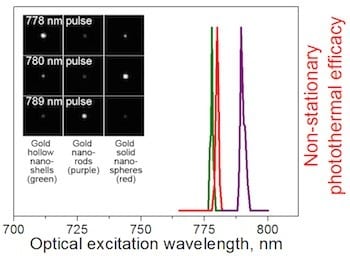

Rice University researchers show short laser pulses selectively heat gold nanoparticles.
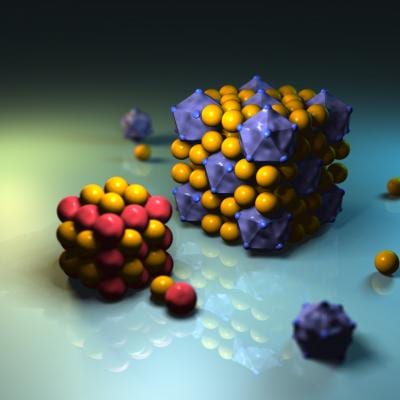
Scientists from Aalto University, Finland, have succeeded in organising virus particles, protein cages and nanoparticles into crystalline materials.
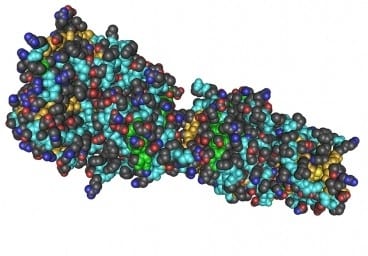
A new technology developed at MIT may help to make biomarker detection, and cancer diagnostics, much easier.
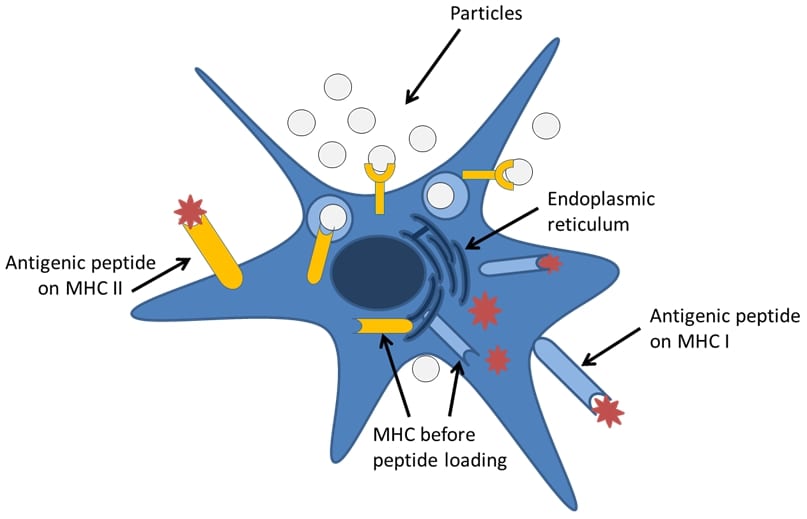
Polymer nano- and microparticles can be used to develop new vaccines for disorders such as cancer and HIV.
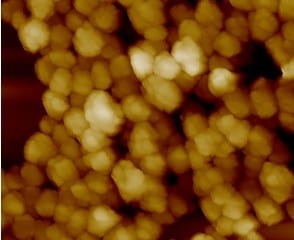
Naturally occurring bioactive nanoparticles derived from a carnivorous fungus could have potential for application in cancer therapy.
Research team in the US have reported promising findings on the potential for nanotechnology to deliver chemotherapeutic agents.
Silicon nanoparticles functionalised with antibodies have been shown to efficiently kill cancer cells in vitro.
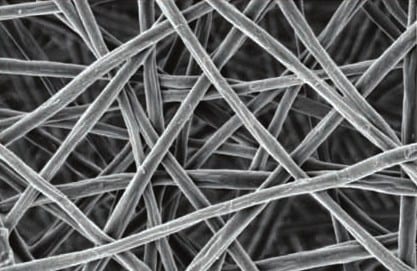
The Helmholtz-University Young Investigators Group has developed a membrane that can be used for filtering small organisms or viruses from water.
Researchers have found that the pharmacokinetic profiles of gold nanoparticles indicate the blood concentration kinetics.
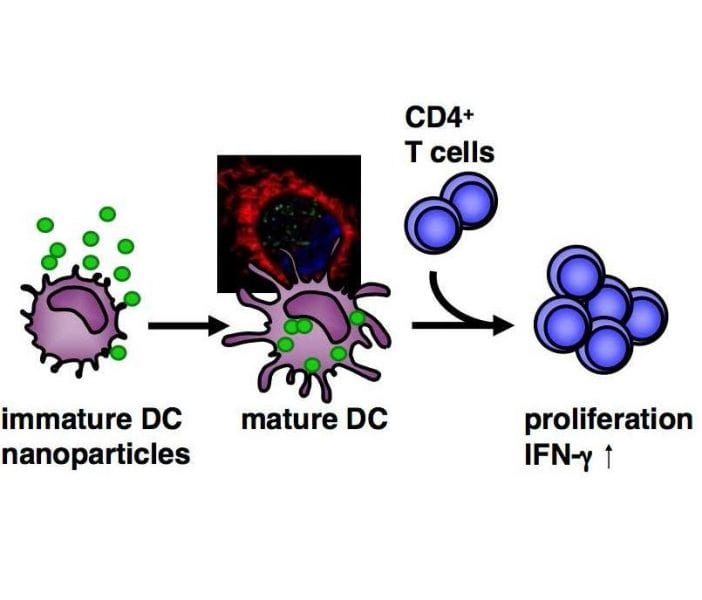
Functionalized polystyrene nanoparticles are analyzed for their interaction with human monocyte-derived dendritic cells.